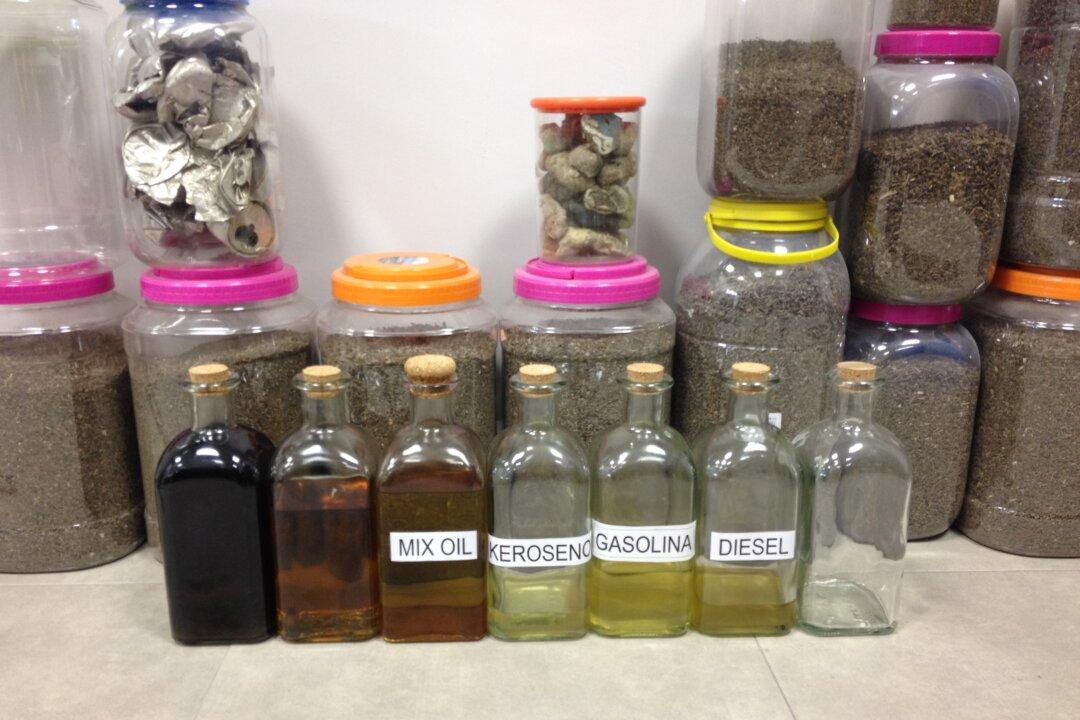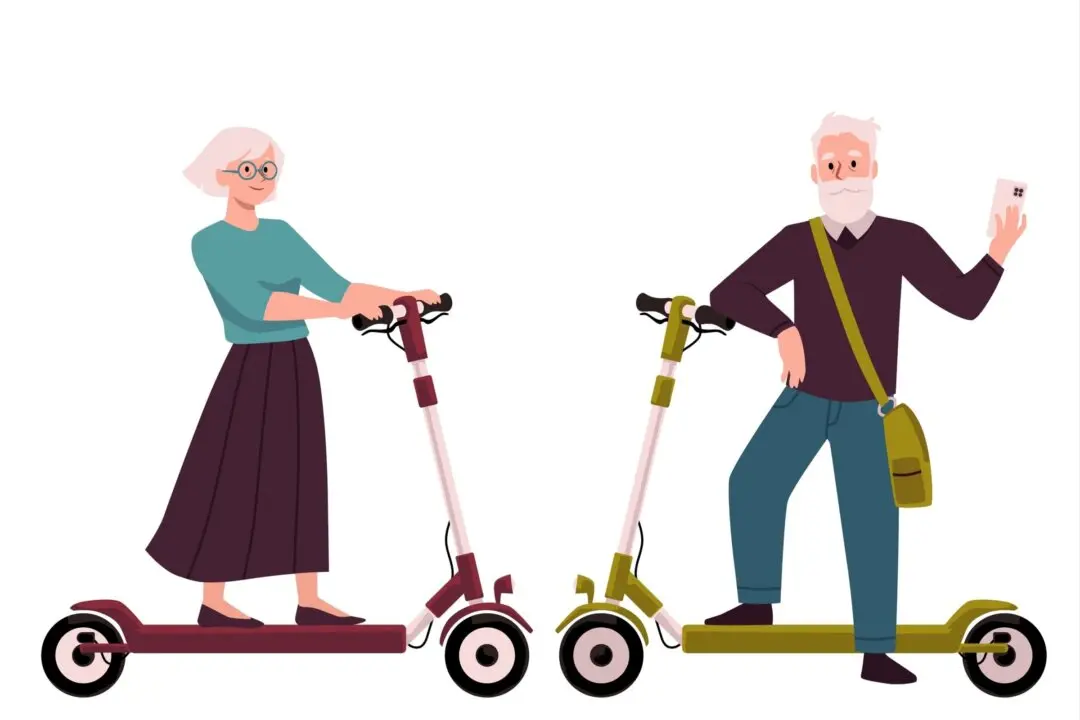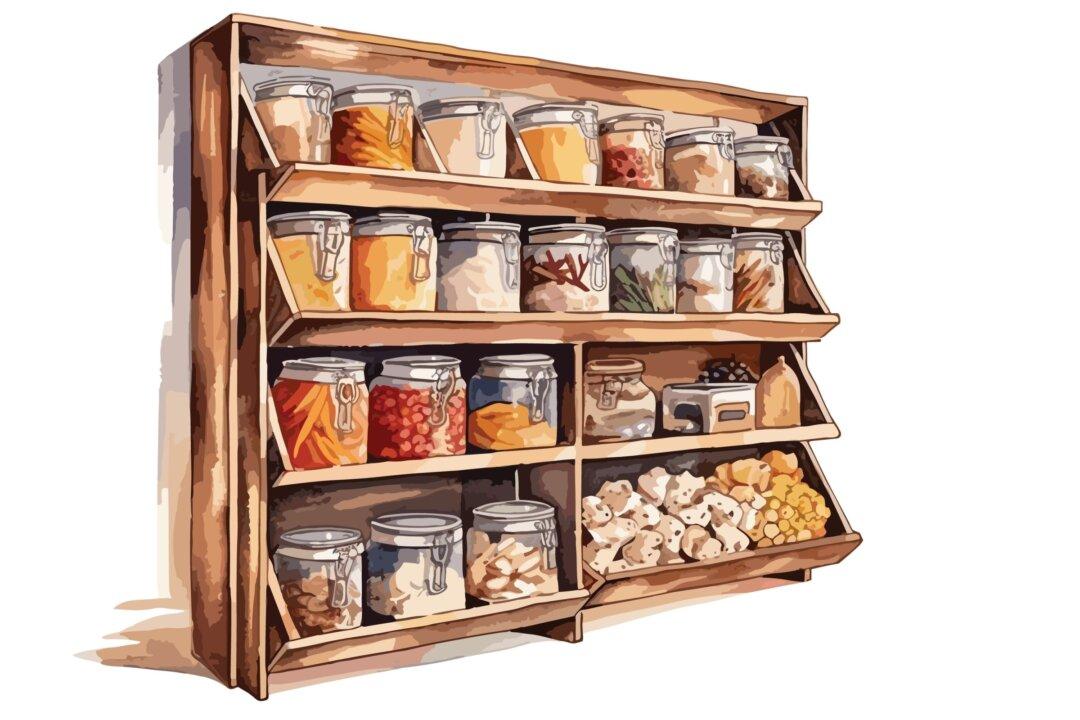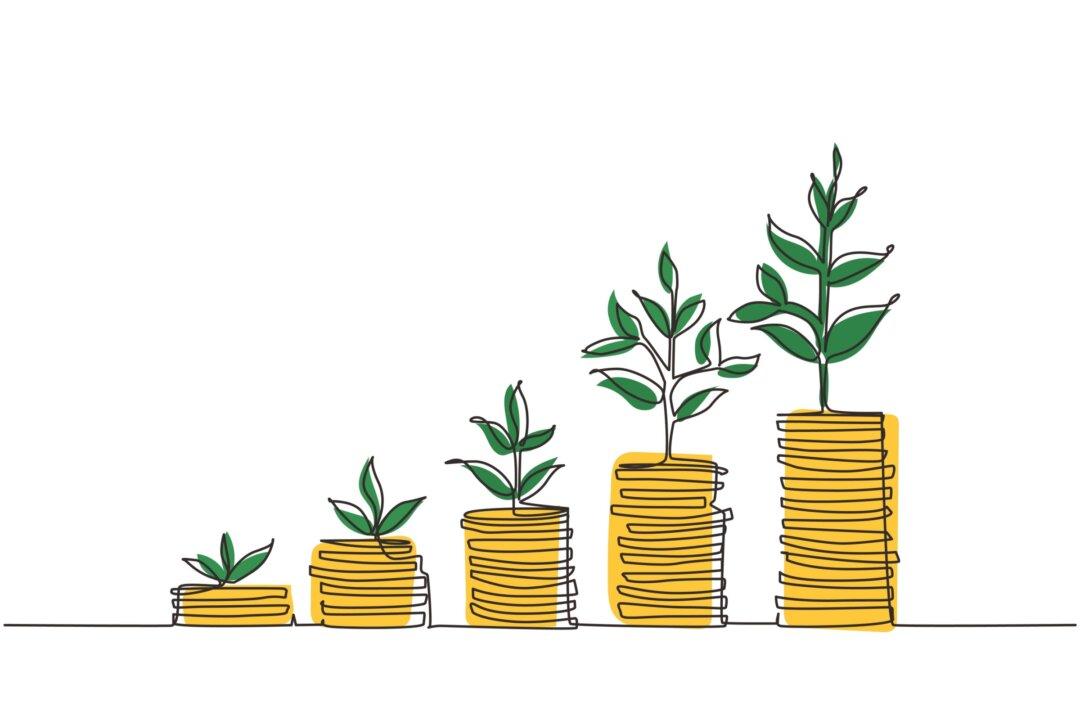Peter Vinall has risked much to build a business that could be the solution to the world’s garbage problem.
The engineer and businessman in him knew the technology was viable, but putting his retirement savings on the line wasn’t easy. Sometimes his wife wondered if maybe he wasn’t risking too much.
But now the federal government and an angel investor are on board and taking the bet with him. It’s not much of a risk, really—the technology is proven and revolutionary.
It's sorting the plastic from the organic material that is revolutionary.





